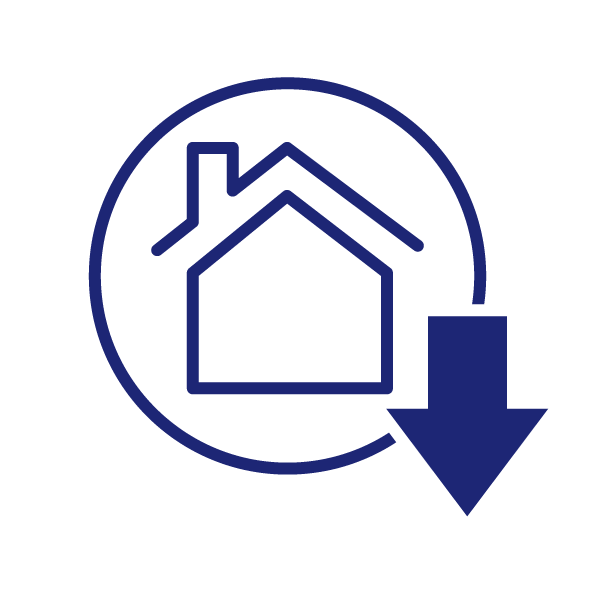The demand for housing in Canada is high, and only expected to increase in the coming years. While the market presents exceptional opportunity for developers, it’s important that some caution be exercised when approaching construction projects – especially large developments. After all, things can shift quickly in the lives of buyers, and a change of heart or financial situation could leave builders with unexpected unsold units.
A phased construction approach can help mitigate such risks and offers several benefits that could lead to better outcomes for developers.
Benefits of multi-phased construction projects
By building – and selling – homes in phases, developers can realize a number of benefits to their operations, their reputation and their bottom line.
1. Better cash flow |
1. Better cash flowCash flow is king for developers, and a phased approach to construction projects means you can get started with less upfront capital. Building in phases can also help balance the increasing costs of labour and supplies – the opportunity to hold off on paying out the full amount of these expenses can help make operations run with more financial breathing room. |
2. Sustained interest |
2. Sustained interestReleasing homes in phases can help build and sustain interest in the construction project. By creating an environment where there is limited supply, a builder can induce curiosity and demand. At the same time, a successful first phase can lead to buyer confidence and appeal for future phases. |
3. Diversified borrowing rates |
3. Diversified borrowing ratesA multi-phase approach may allow developers to borrow funds in phases. This can be especially meaningful in a higher interest rate environment – while borrowing during the first phase may cost more, future phases may be built as rates begin to come down, allowing the developer to benefit from a lower average interest rate over the course of the entire project. This, in turn, can help bring the overall project budget down. |
4. Lower risk of unsold units |
4. Lower risk of unsold unitsTaking on a large single-phase construction project comes with its share of risks, particularly in an uncertain economy. With a phased approach, developers can offset this risk by building and selling on a smaller scale – and then scale up when the first phase is successful. This means builders can generate higher returns over the long term. Should the first phase not sell as planned, the impact is far lower than if the entire project was started at once. |
5. Better control over completion times |
5. Better control over completion timesOne of the biggest complaints of pre-construction buyers is that their builder did not hit their target completion date. Unavoidable delays are common during construction and can happen for a variety of reasons – but it’s the developer who takes the reputational hit when dates are missed. When the scale of build is smaller, there are fewer suppliers, workers and manufacturers to manage, leading to a better likelihood of the project running on time. |
6. Prices that more closely reflect the market |
6. Prices that more closely reflect the marketA large single-phase project can take years to complete – and if you sell units in Year 1 but collect full payment in Year 5, the cost of goods could have increased significantly over that time. With a shorter project lifecycle, developers can set prices according to the current market with less risk of fluctuation between the start and finish lines. |
Building a project in phases is not without its challenges, so it’s important to seek the advice of experts who can help with the planning and financing of your project. Whatever the size or stage of your project, the MCAP Development Finance Group is here to assist.




